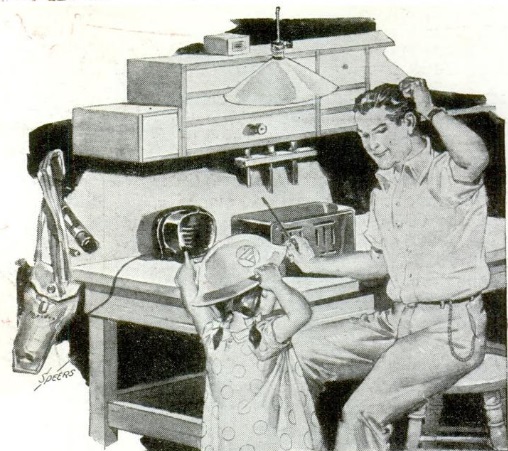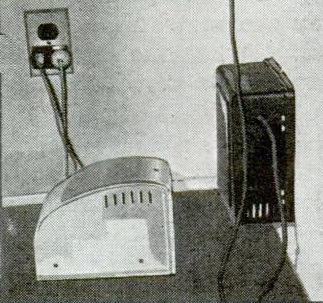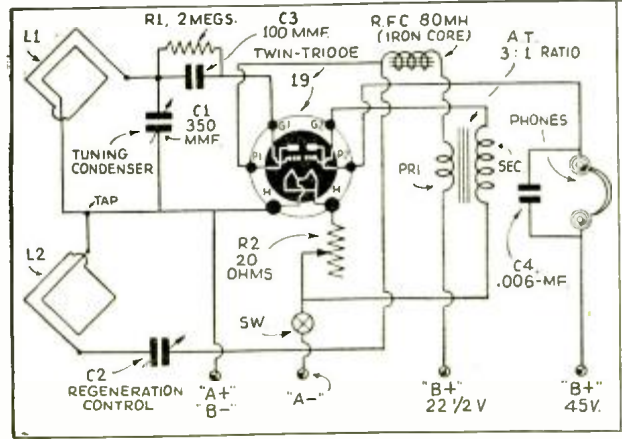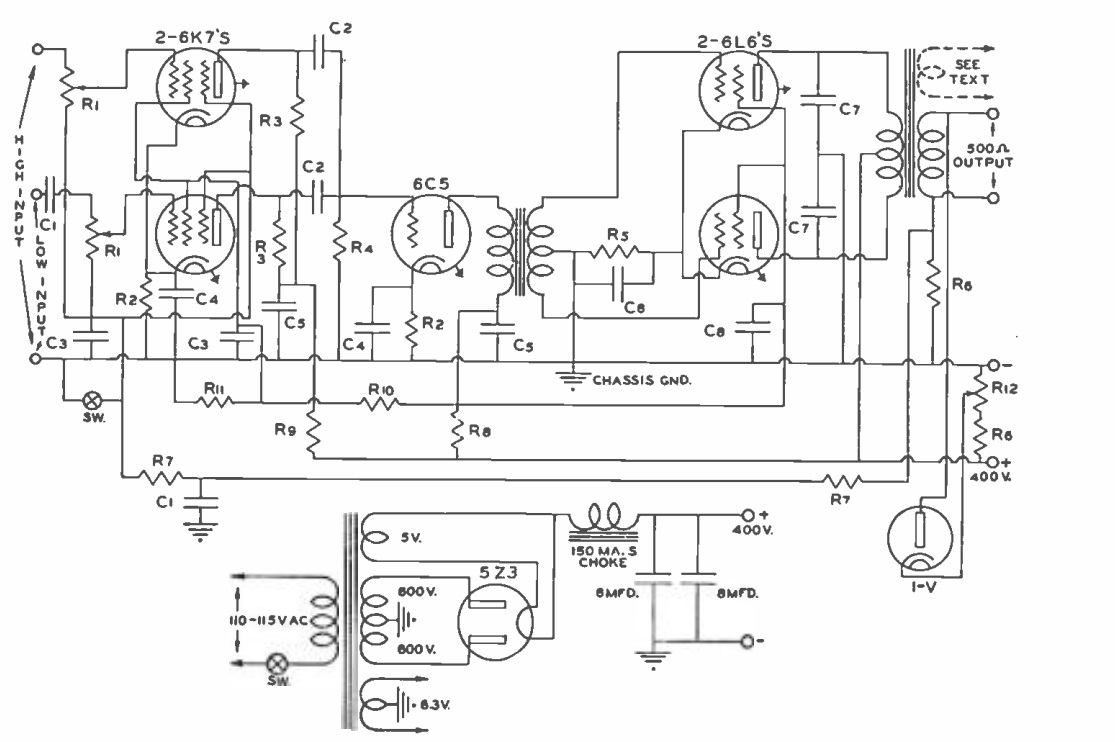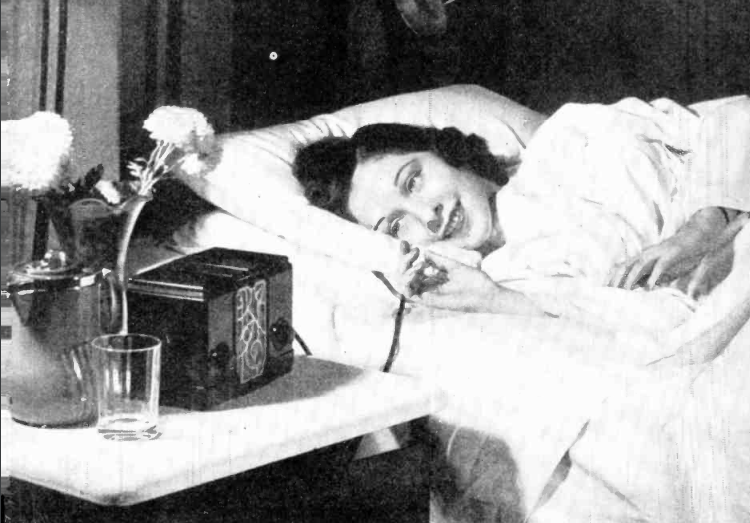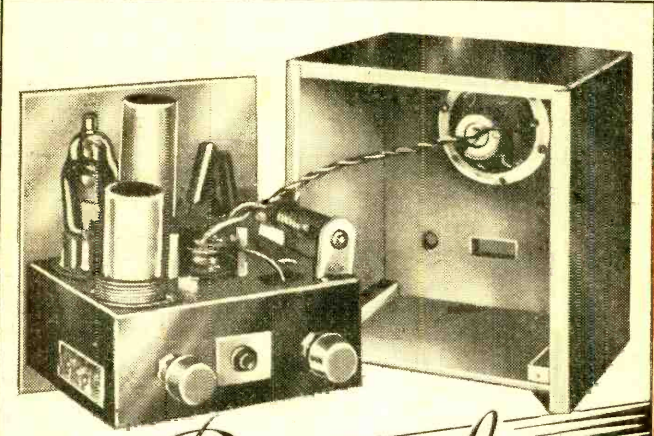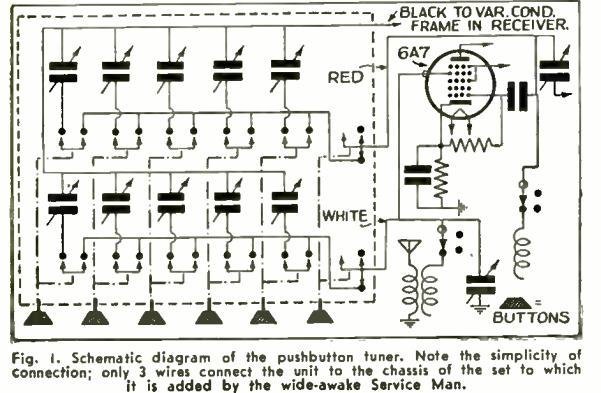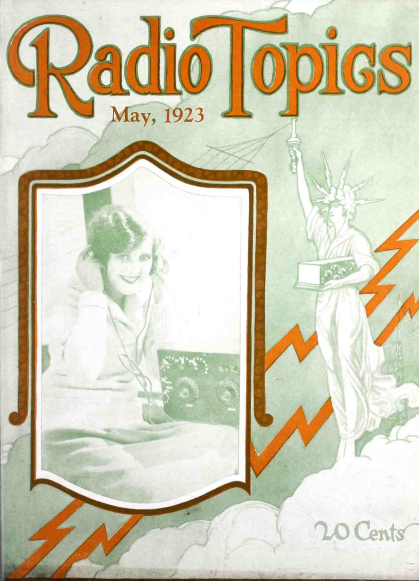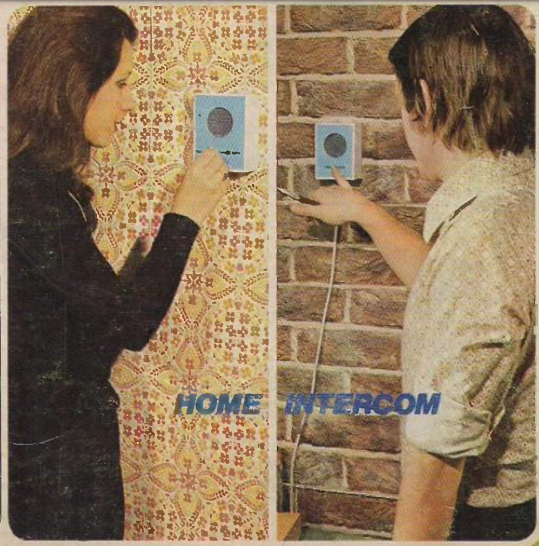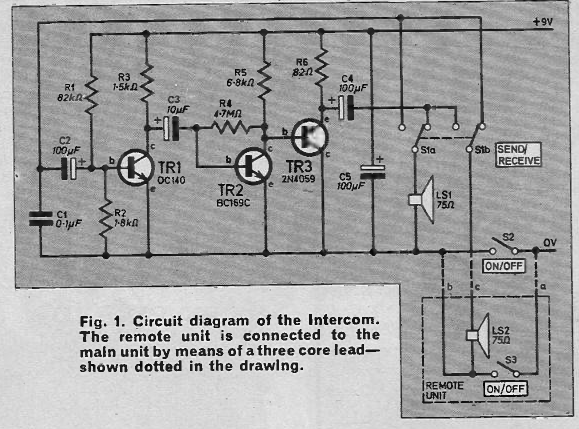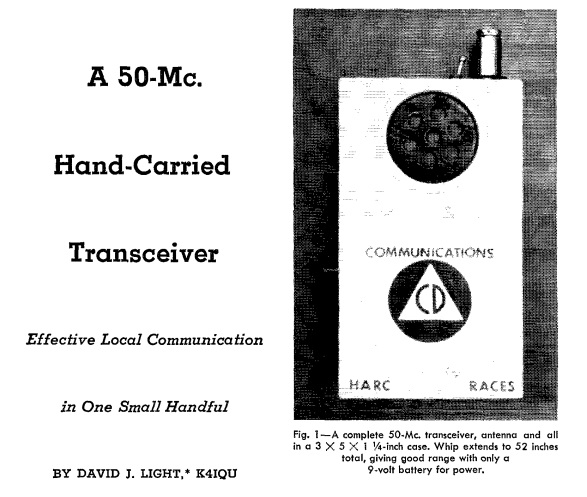 The June 1963 issue of QST carried the plans for this five-transistor transceiver for 6 meters. The author, David Light, K4IQU, reported a QSO of 15 miles between two of the units, in hilly terrain, presumably on two peaks within sight of each other. He also reported being heard 30 miles away (but not a two-way QSO) with a well equipped station with a beam at the other end.
The June 1963 issue of QST carried the plans for this five-transistor transceiver for 6 meters. The author, David Light, K4IQU, reported a QSO of 15 miles between two of the units, in hilly terrain, presumably on two peaks within sight of each other. He also reported being heard 30 miles away (but not a two-way QSO) with a well equipped station with a beam at the other end.
As shown by the emblem on the set, the goal of the unit was for use in local emergencies. But chances are, most of the use involved the secondary purpose, “having plenty of fun on 50 Mc.”
The superregenerative detector, the oscillator, and the RF amp were 2N1745 transistors. Two stages of audio amplification were used for both transmitter and receiver, and used 2N43A transistors. Power was supplied by a 9-volt battery.
For modern hams, the humble Baofeng handheld can be had for about $30, and almost certainly outperforms (on 2 meters and 70 cm) the humble little rig here. So yes, if all you have is a Baofeng, there’s no reason why you can’t work another Baofeng 15 miles away, or a well equipped station 30 miles away. There are much better radios, but if that’s what you got, there’s no reason why you can’t use it for having plenty of fun on 144 Mc.


